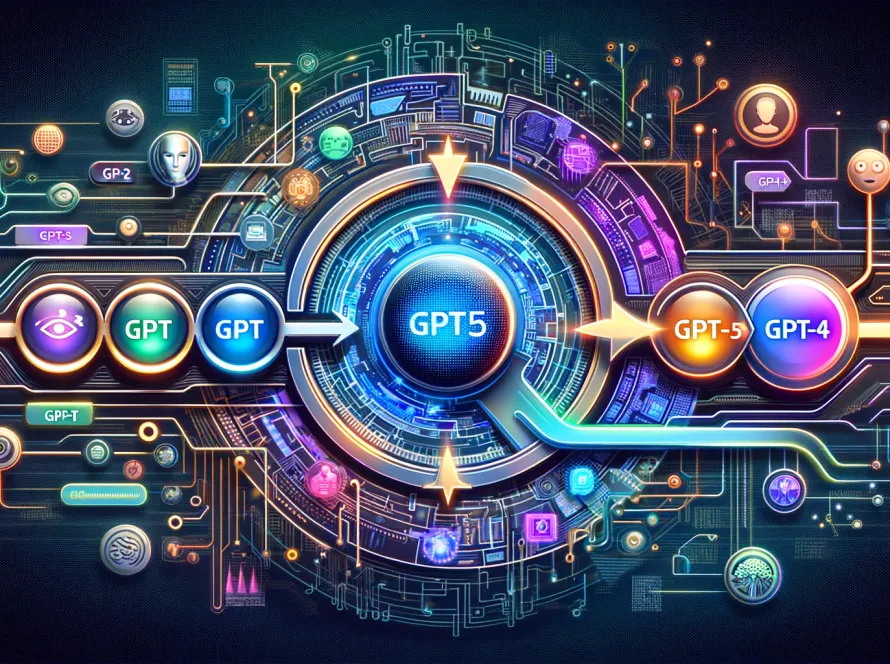Introduction
Doxygen is well-known for generating documentation from source code, especially for C++, C, C#, and Java. However, depending on your needs and the programming language you use, there might be other tools that suit you better. Here are some popular alternatives to Doxygen that are worth considering.
Popular Alternatives
1. Sphinx
Description: Originally designed for Python documentation, Sphinx now also supports other languages. It is highly configurable and can produce rich, well-structured documentation in multiple formats, including HTML, LaTeX (for PDF versions), man pages, and plain text.
Advantages:
- Rich format support (HTML, PDF, etc.)
- Highly configurable
- Excellent for documenting complex projects
Usage:
pip install sphinx
sphinx-quickstart2. JSDoc
Description: A popular tool for creating API documentation from comments in JavaScript code.
Advantages:
- Easy to use with JavaScript
- Generates interactive documentation
Usage:
npm install -g jsdoc
jsdoc yourfile.js3. JavaDoc
Description: The standard tool for generating documentation from Java code. It creates HTML pages that describe classes, methods, and fields.
Advantages:
- Integrated into the Java ecosystem
- Easy to use with standard Java comment styles
Usage:
javadoc -d doc mypackage/*.java4. DocFX
Description: A tool for generating API documentation for .NET languages such as C#. It also supports conceptual and structural documentation.
Advantages:
- Excellent support for the .NET ecosystem
- Supports both API and conceptual documentation
Usage:
choco install docfx -y
docfx init -q
docfx build5. MkDocs
Description: A tool for creating project and user documentation with Markdown, even though it is not specifically an API documentation tool.
Advantages:
- Easy to use with Markdown
- Quick to set up and configure
Usage:
pip install mkdocs
mkdocs new my-project
mkdocs serve6. Swagger (OpenAPI)
Description: A tool for creating interactive documentation for web APIs, which users can experiment with directly in their browser.
Advantages:
- Excellent support for RESTful APIs
- Interactive documentation
Usage:
- Use
swagger-uiorswagger-jsdocto generate and display documentation.
7. ChatGPT’s New Code Interpreter API
Description: A new tool from OpenAI that helps users understand programming code by analyzing and explaining what different parts of the code do.
Advantages:
- Simplifies understanding of complex code
- Accessible directly in ChatGPT’s interface
Usage:
- Input the code into ChatGPT and ask for explanations and insights.
Conclusion
These alternatives to Doxygen offer different functionalities and strengths depending on your specific needs and programming language. By choosing the right tool, you can effectively generate documentation that is both informative and easy to maintain. For the most current information and the latest tools, it is recommended to explore which tools are popular for your specific programming language or needs.


